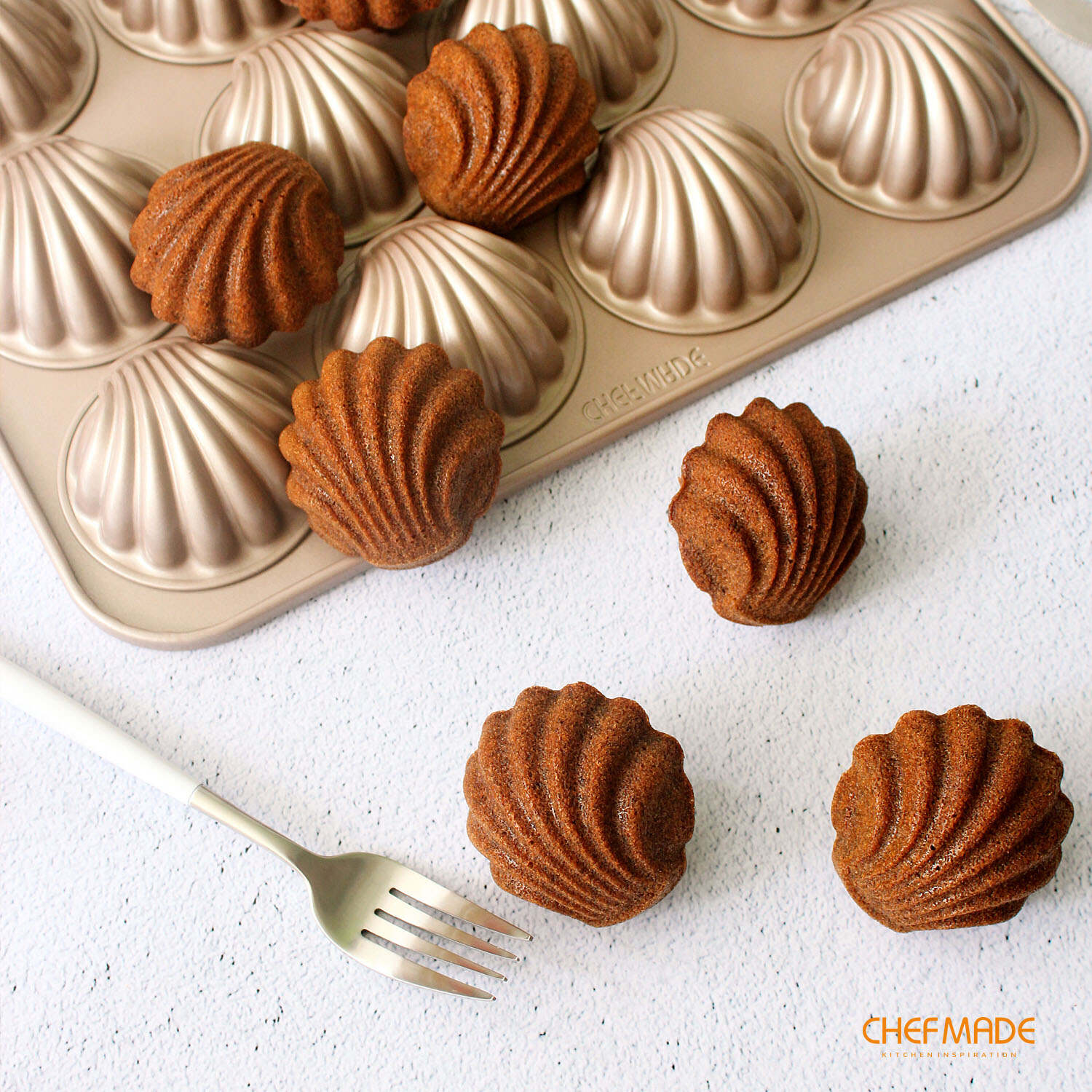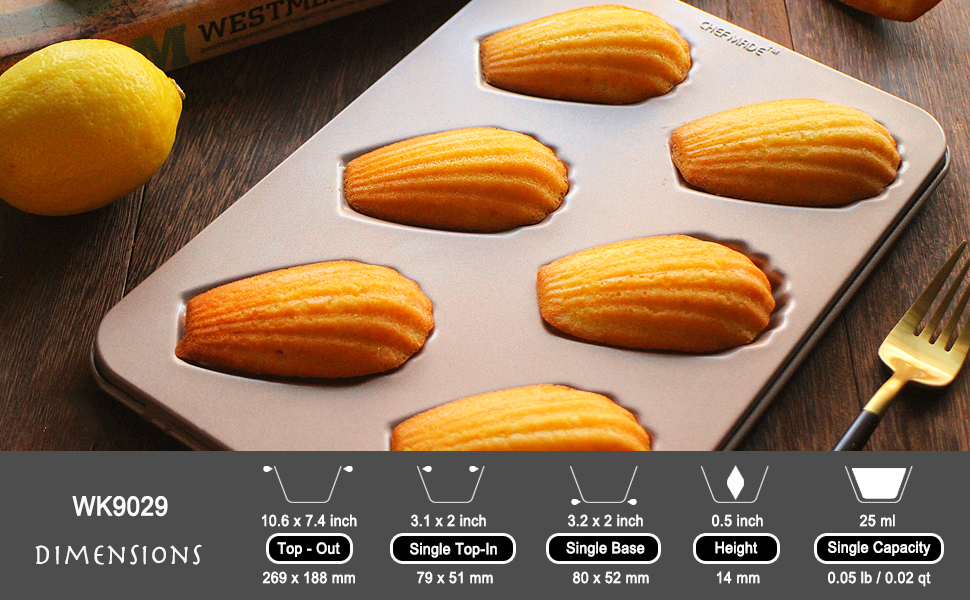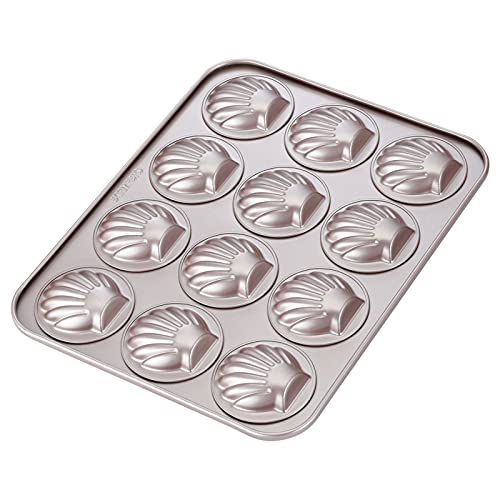Madeleines, those delicate, shell-shaped cakes with a golden crust and a warm, buttery flavor, have been a beloved treat in French cuisine for centuries. They're not just a dessert; they're a symbol of nostalgia and comfort. If you're a baking enthusiast or a professional chef looking to expand your repertoire, investing in a madeleine pan is a step worth taking. In this article, we'll explore the art of baking madeleines and how to make the most out of your madeleine pan.
Understanding the Madeleine Pan
A
madeleine pan is a specialized baking tool featuring a series of small, shell-shaped cavities. These pans are typically made from non-stick materials like silicone or from heavy-duty metals like carbon steel or cast iron. The shape of the pan is crucial for achieving the iconic madeleine shape, with its distinctive hump that forms as the cake bakes.
Choosing the Right Pan
When selecting a madeleine pan, consider the following:
-
Material: Non-stick pans are easier to use for beginners, while metal pans offer better heat distribution and durability.
-
Size: Choose a pan that fits your oven and baking needs. Mini pans are perfect for small batches, while larger pans can save time when baking in bulk.
-
Coating: If you opt for a metal pan, look for one with a good non-stick coating or consider seasoning it to prevent sticking.
Essential Madeleine Ingredients
To bake perfect madeleines, you'll need a few key ingredients:
-
Butter: Use unsalted butter and melt it to bring to room temperature. Its flavor is essential to the madeleine's taste.
-
Eggs: Fresh eggs are best. They provide structure and richness.
-
Flour: All-purpose flour works well. Sift it to ensure a smooth batter.
-
Sugar: Granulated or superfine sugar can be used. It sweetens the cake and contributes to the golden crust.
-
Baking Powder: This leavening agent helps the madeleine rise and develop its characteristic hump.
The Madeleine Baking Process
-
Prepare the Pan: Lightly grease the pan or use a non-stick spray. You can also dust the cavities with flour to prevent sticking.
-
Make the Batter: Cream the butter and sugar until light and fluffy. Add eggs one at a time, mixing well after each addition. Stir in the sifted flour and baking powder.
-
Chill the Batter: Cover and refrigerate the batter for at least 30 minutes. This step is crucial for the madeleine's texture.
-
Preheat the Oven: Heat your oven to about 375°F (190°C). Place the madeleine pan inside to warm up.
-
Portion the Batter: Use a spoon or a piping bag to fill the madeleine cavities about ⅔ full.
-
Bake: Bake for 10-12 minutes or until the edges are golden and the center is set. The madeleines should have a beautiful hump.
-
Cool and Serve: Remove the madeleines from the pan immediately after baking and transfer them to a cooling rack.
Tips for Perfect Madeleines
-
Room Temperature Ingredients: Ensure all ingredients are at room temperature for the best results.
-
Don't Overmix: Gently fold the dry ingredients into the wet to avoid tough madeleines.
-
Watch the Bake: Madeleines can overbake quickly. Keep an eye on them to ensure they're golden but not burnt.
-
Practice: Like any baking skill, making madeleines takes practice. Don't be discouraged if your first batch isn't perfect.

Beyond the Classic Madeleine
Once you've mastered the classic madeleine, consider experimenting with different flavors. Add lemon zest, orange blossom water, or even a touch of vanilla extract to the batter. You can also fill madeleines with fruit preserves or chocolate ganache for a delightful surprise.
Conclusion
A madeleine pan is a versatile tool that can bring a touch of elegance and nostalgia to your baking. Whether you're baking for a special occasion or simply indulging in a sweet treat, madeleines are sure to delight. With practice and the right technique, you'll be able to create beautiful, delicious madeleines that are as much a feast for the eyes as they are for the palate.


